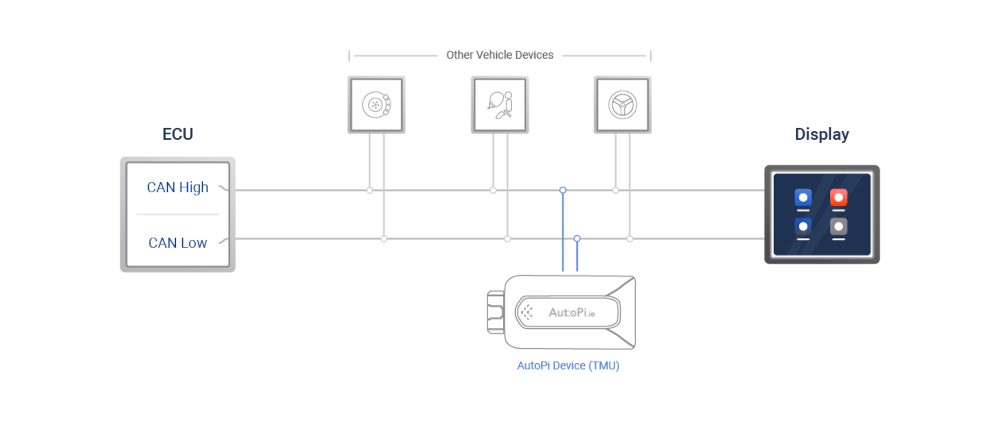What are Zero Emission Vehicles?
In today’s world, where environmental consciousness is more important than ever, zero-emission vehicles (ZEVs) are at the forefront of a green revolution in transportation. But what exactly are zero-emission vehicles, and why are they so crucial for our planet's future?
Zero-Emission Vehicles: A Simple Explanation
Simply put, zero-emission vehicles are vehicles that do not emit exhaust gases or other pollutants. These include electric vehicles (EVs), hydrogen fuel cell vehicles, and some types of hybrid vehicles.
Unlike conventional gasoline or diesel-powered vehicles, ZEVs operate without producing harmful emissions like carbon dioxide, a leading contributor to climate change.
Why Zero-Emission Vehicles Matter
For those living in California, the push towards zero-emission vehicles is not just about environmental responsibility but also compliance with state regulations. California's green rules are designed to reduce air pollution and promote sustainable transportation. As a leader in environmental policy, California’s initiatives often set trends for other states and countries.
Understanding the efficiency and environmental impact of vehicles is key, especially for those managing vehicle fleets in Europe. On-Board Fuel Consumption Monitoring (OBFCM) is a regulation initiative by the European Commission, affecting over 27 European countries. OBFCM systems track fuel efficiency and emissions in real-time, helping fleet managers make informed decisions about vehicle usage and maintenance, ultimately leading to more eco-friendly operations.
Telematics: The Tech Driving Smarter, Greener Fleets

Telematics technology plays a vital role in modern fleet management. By providing data on vehicle performance, usage patterns, and maintenance needs, telematics systems help optimize fleet operations. This not only improves efficiency but also supports the transition to zero-emission vehicles by providing critical insights into their performance and reliability.





